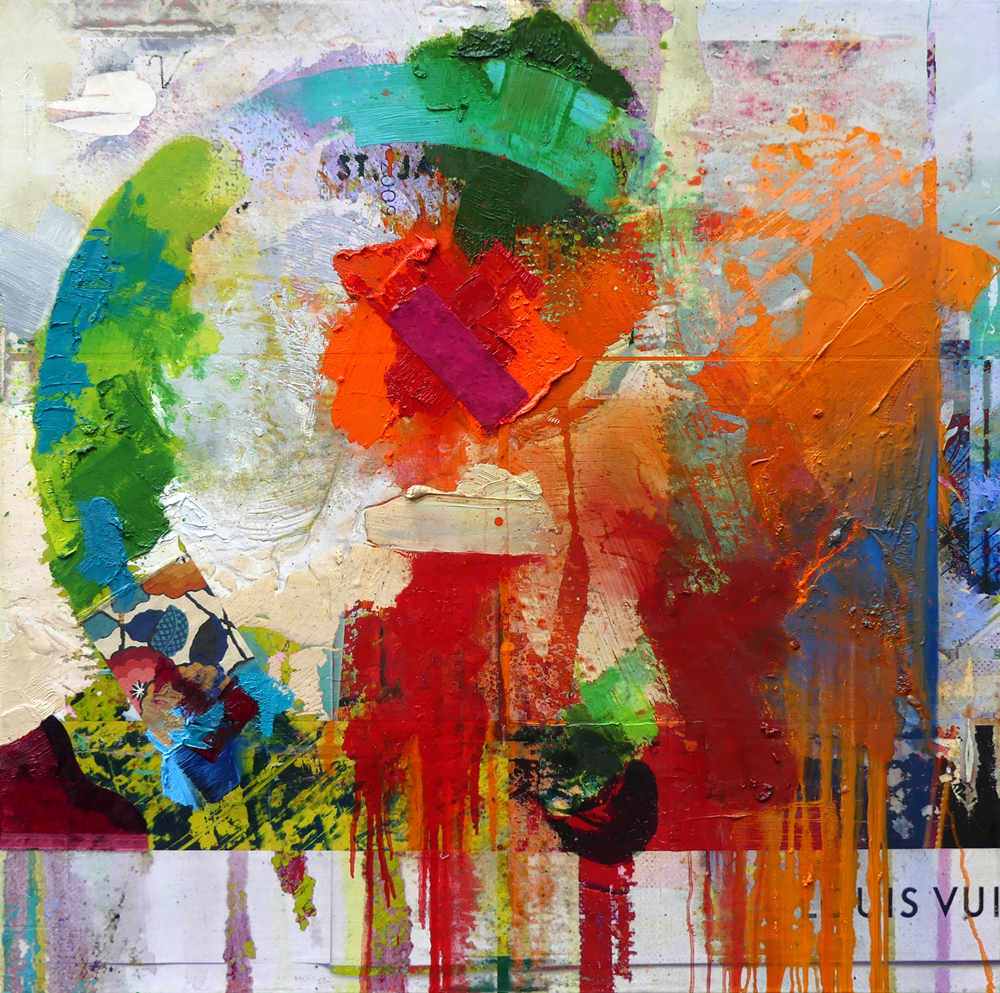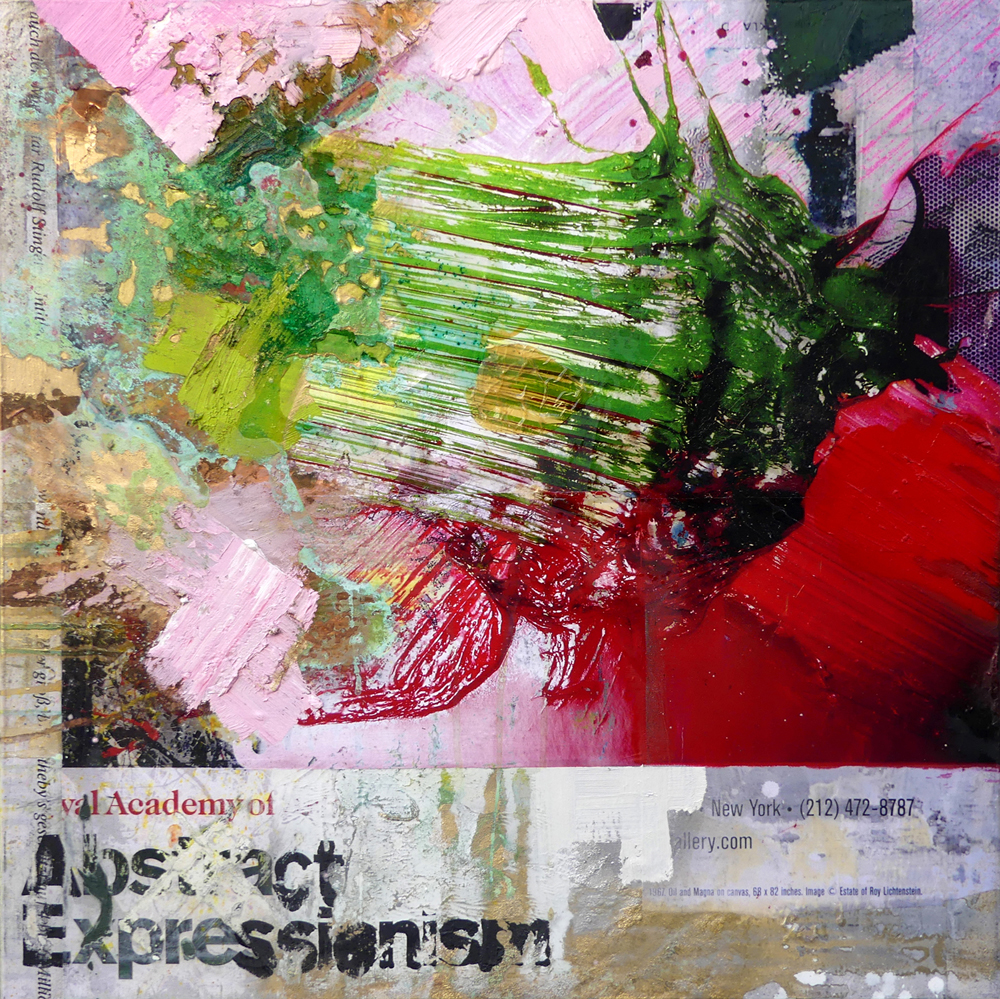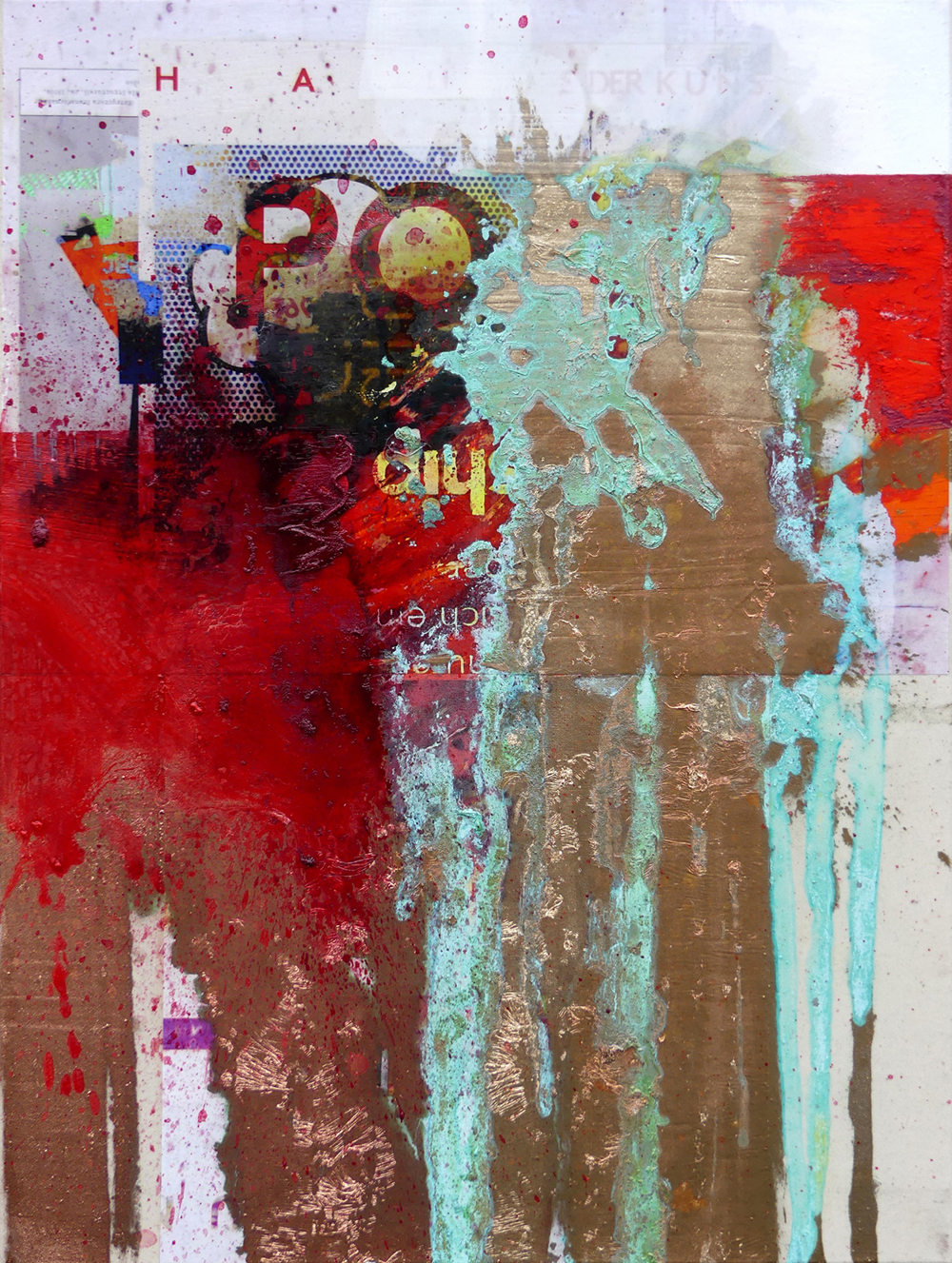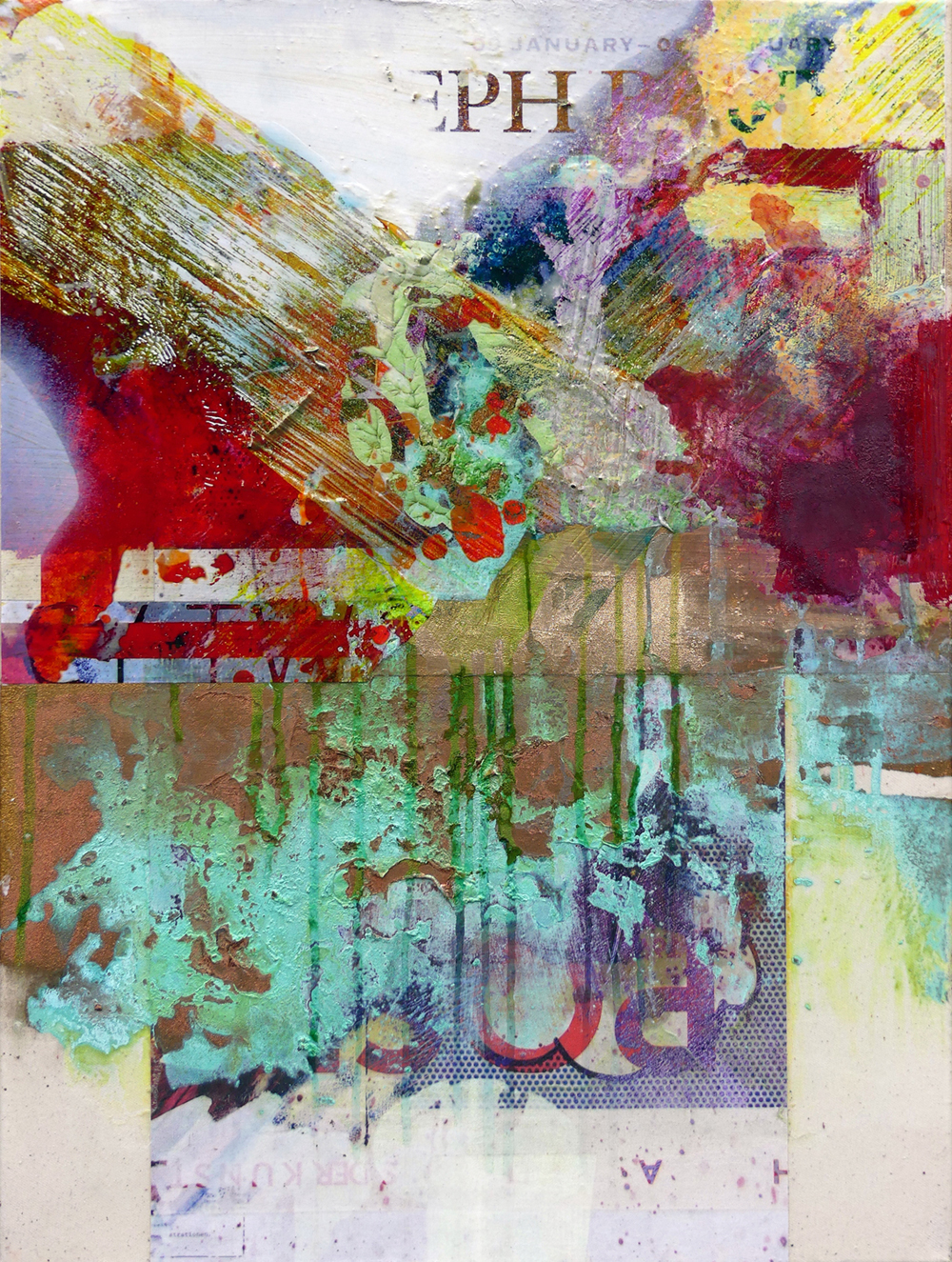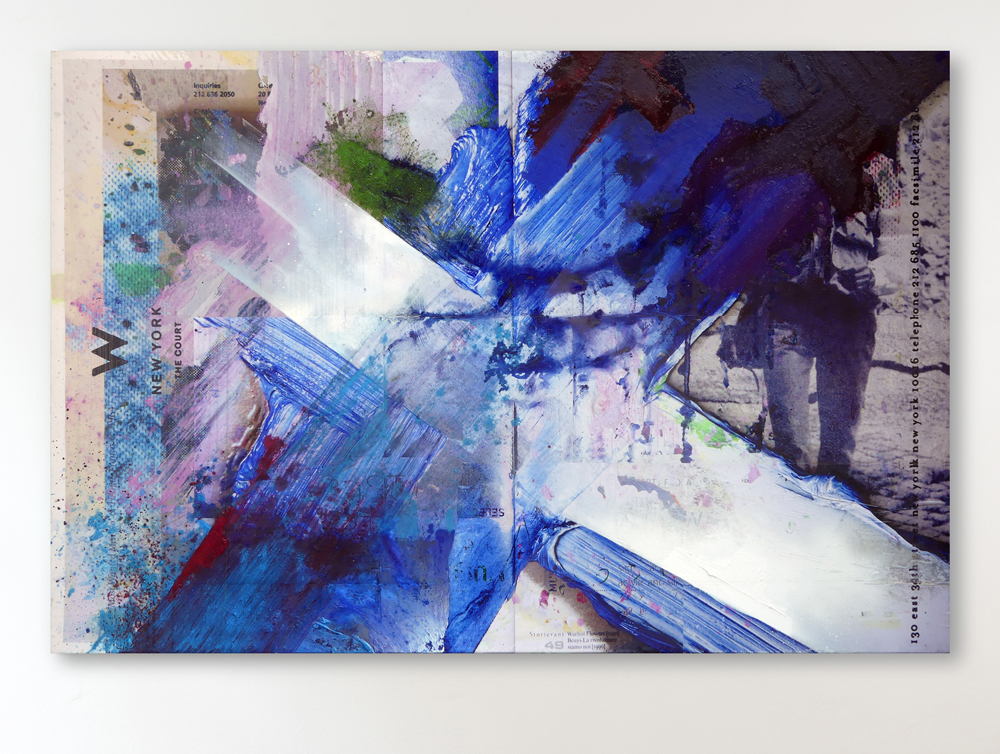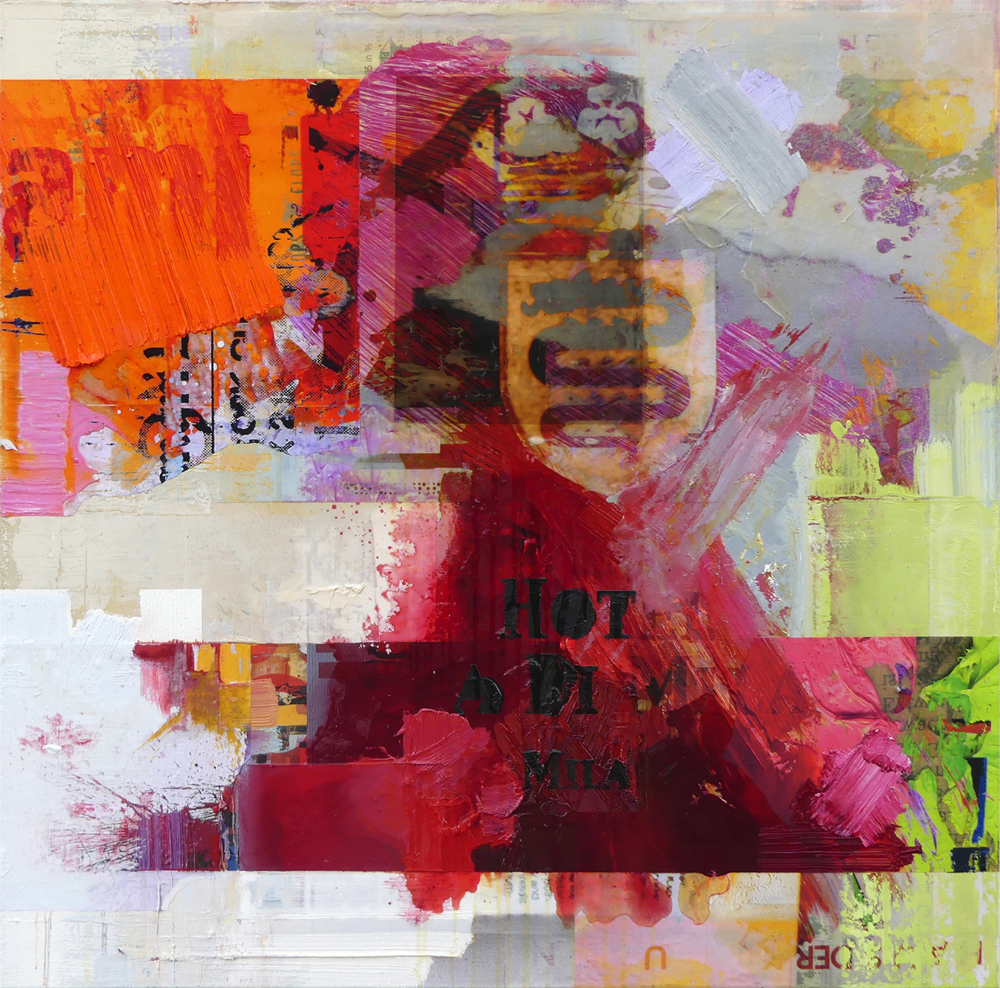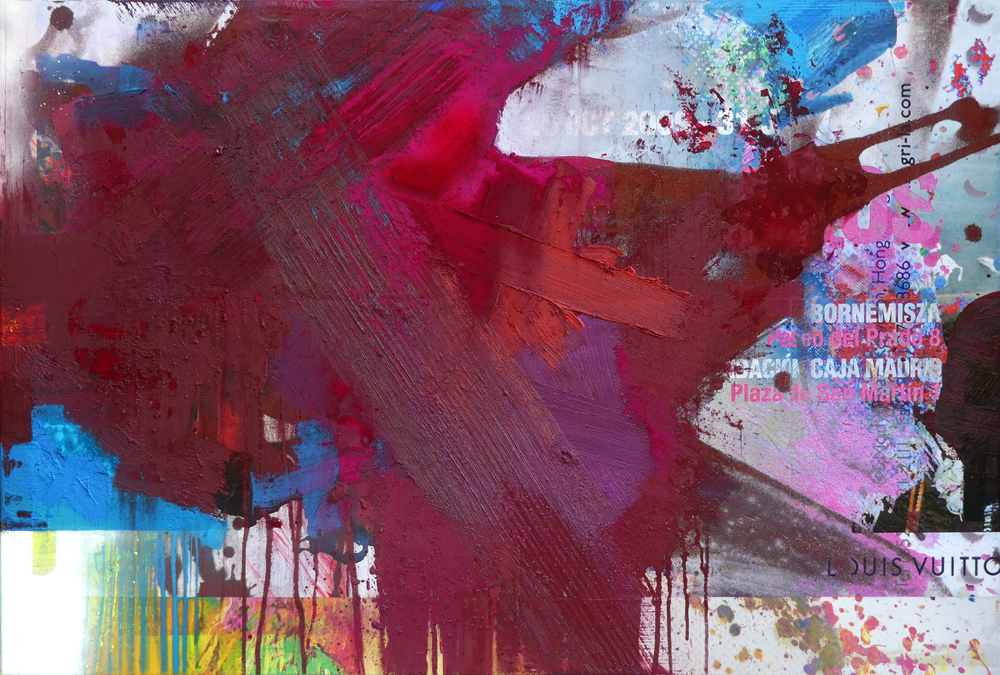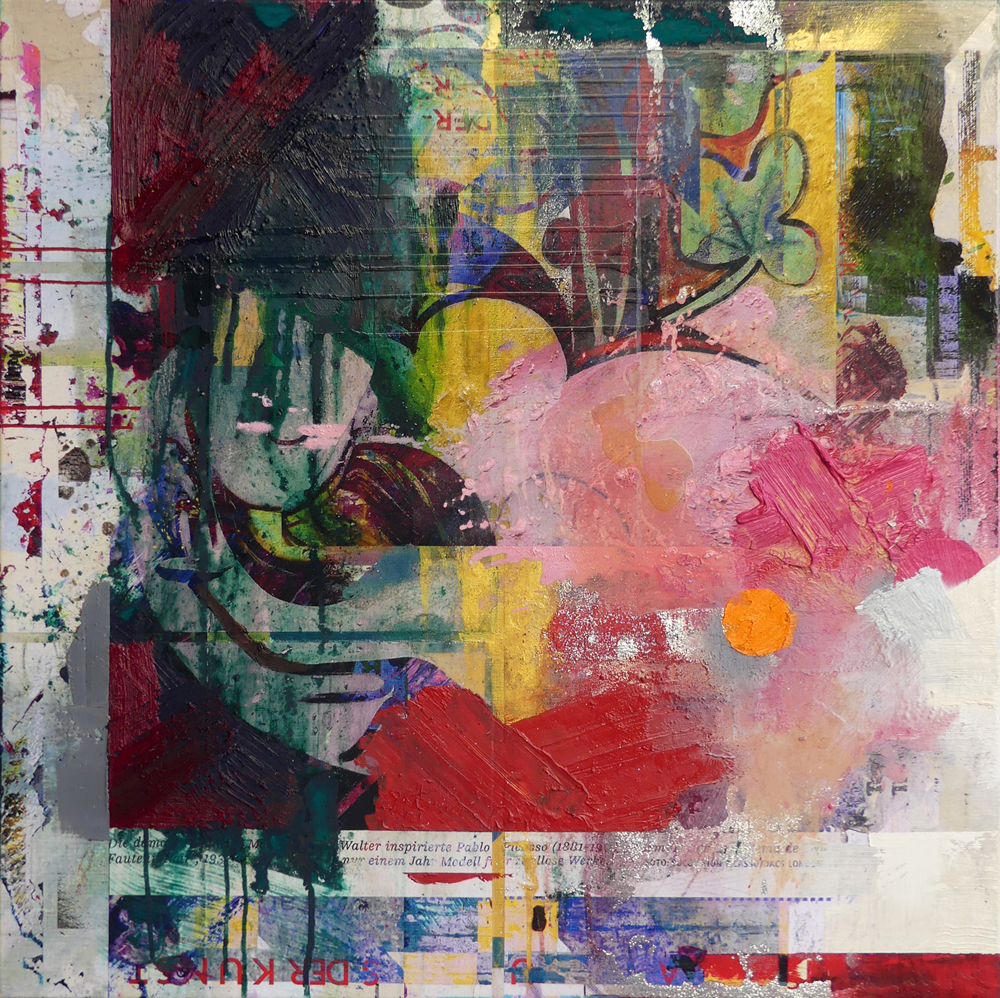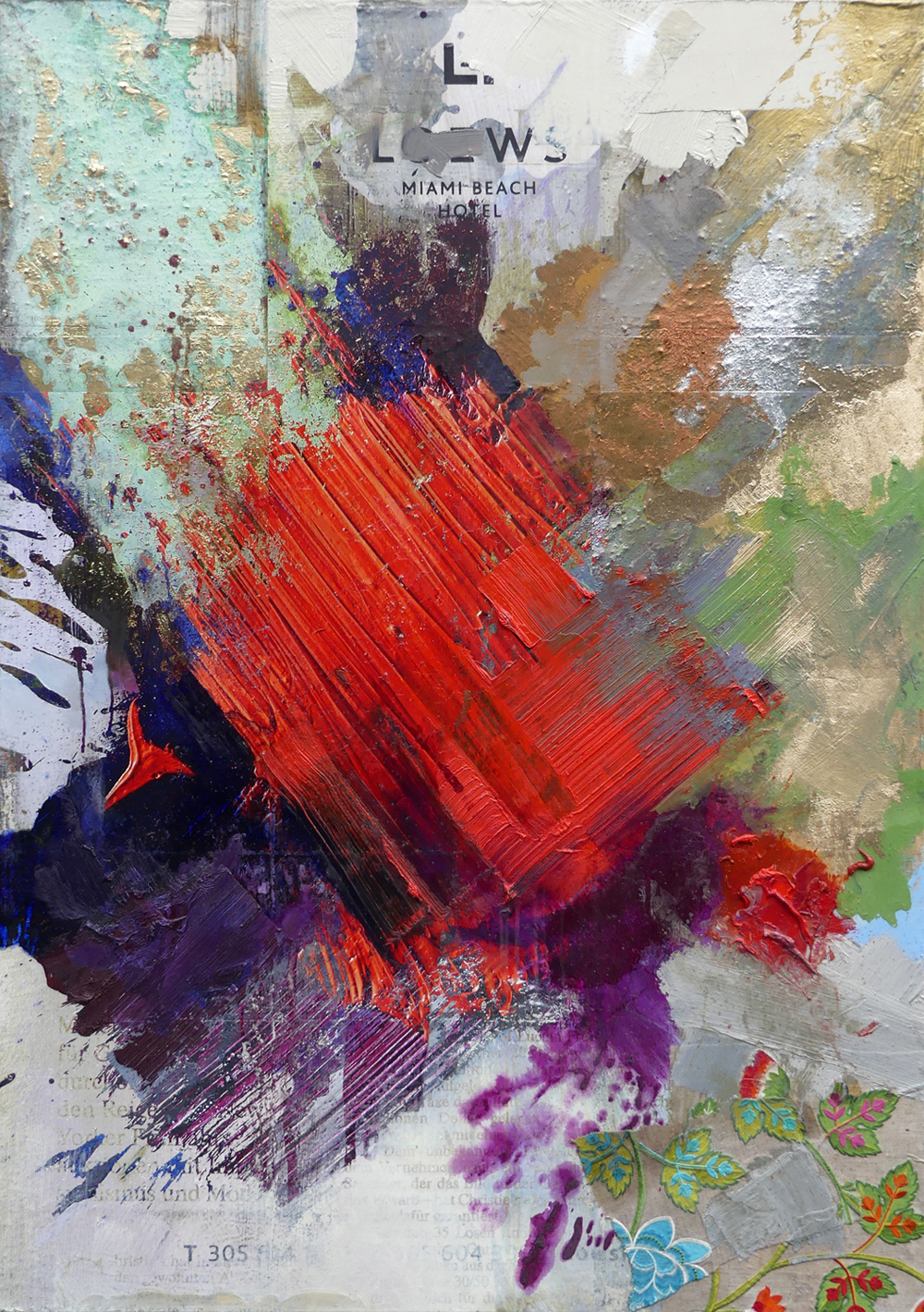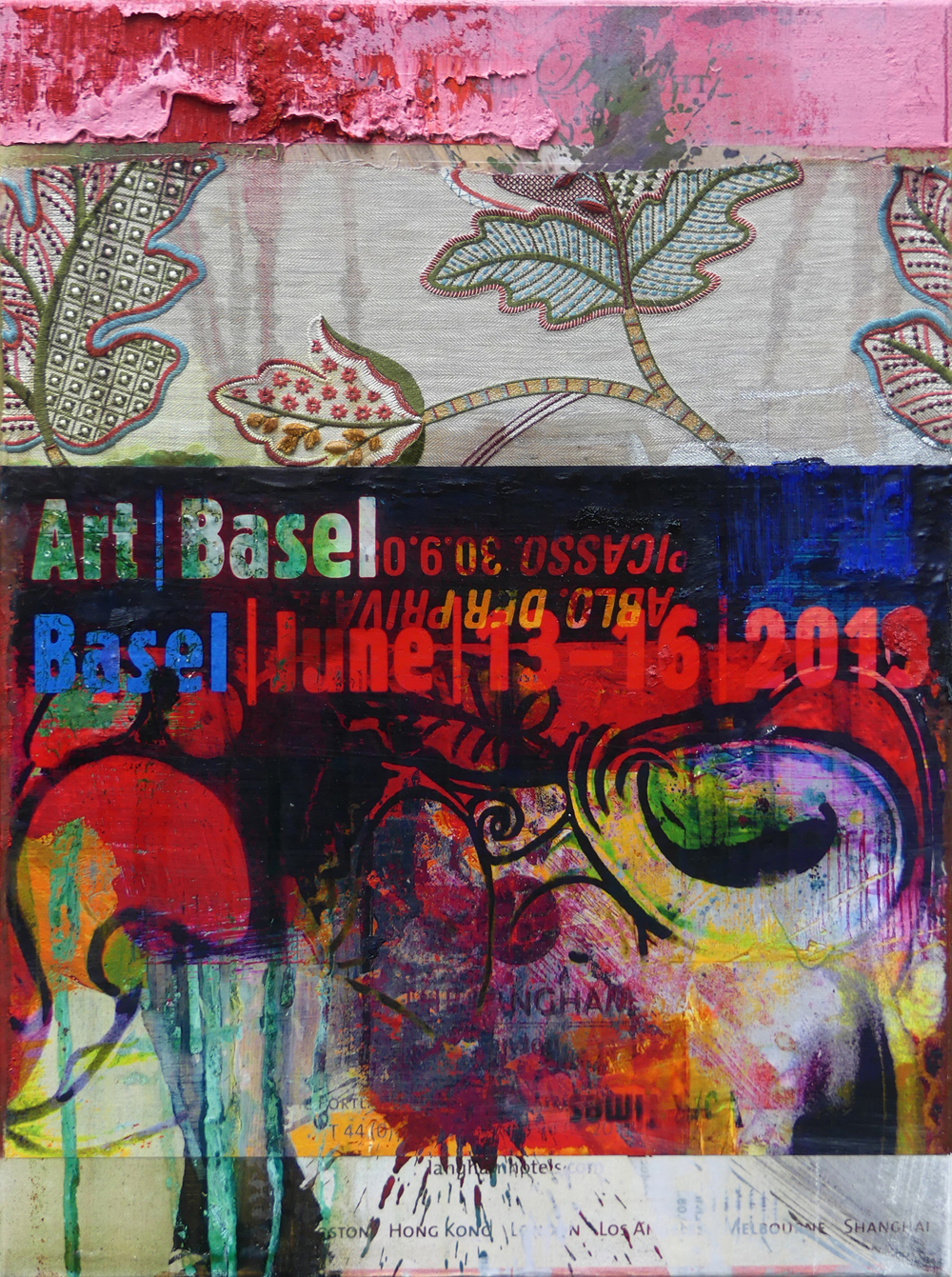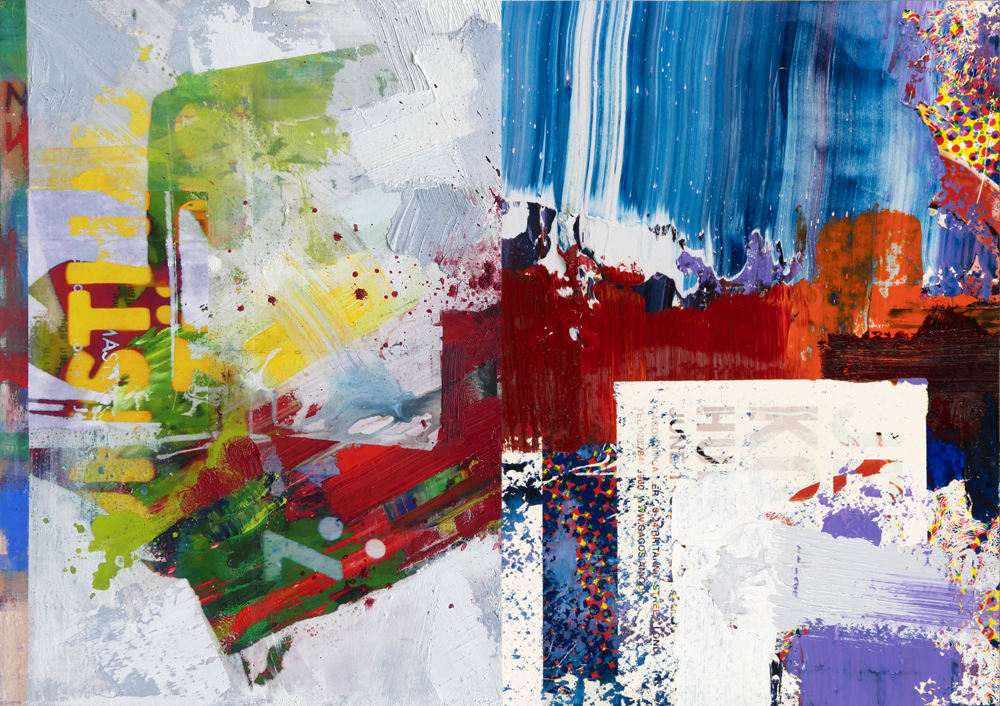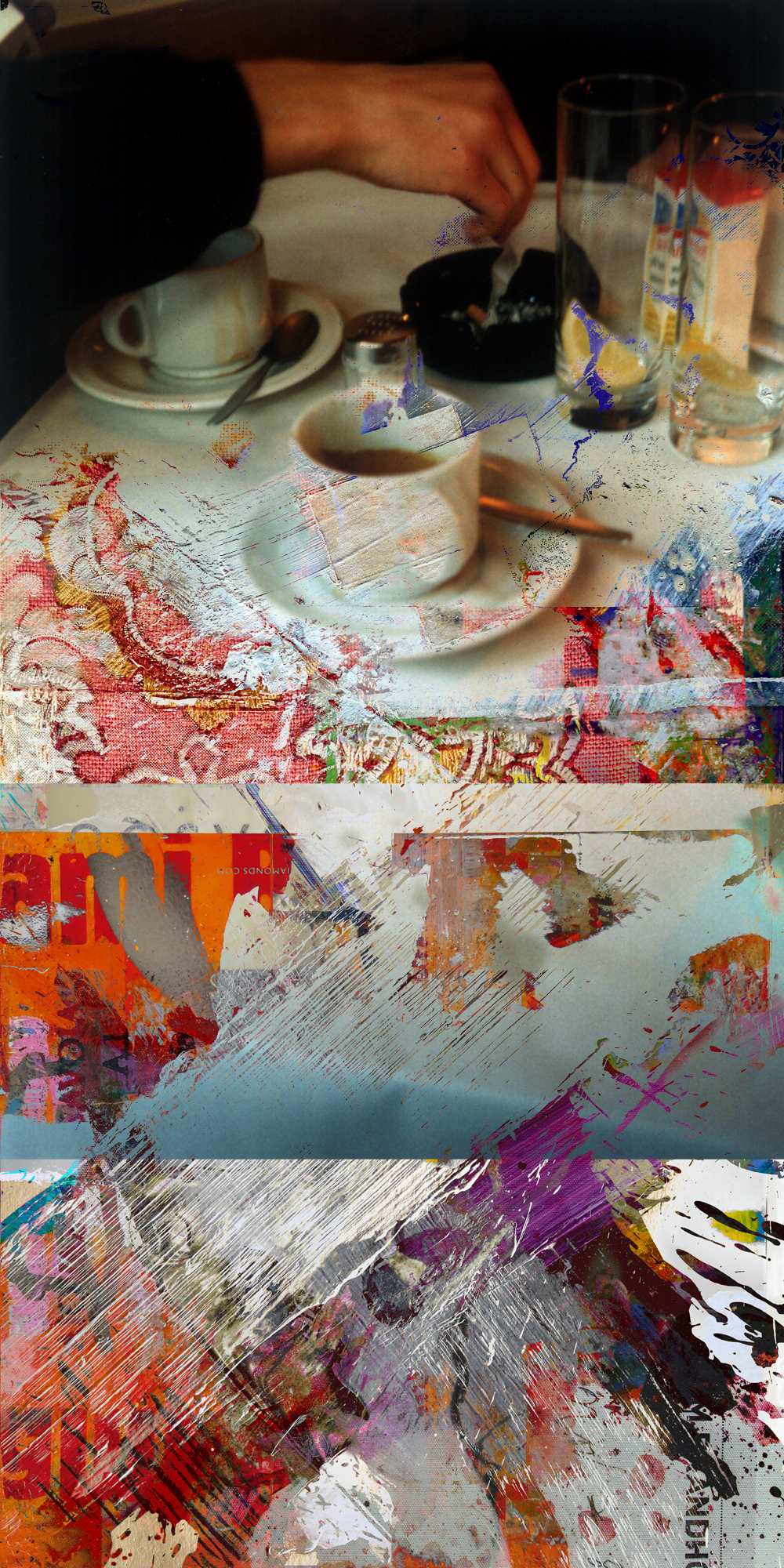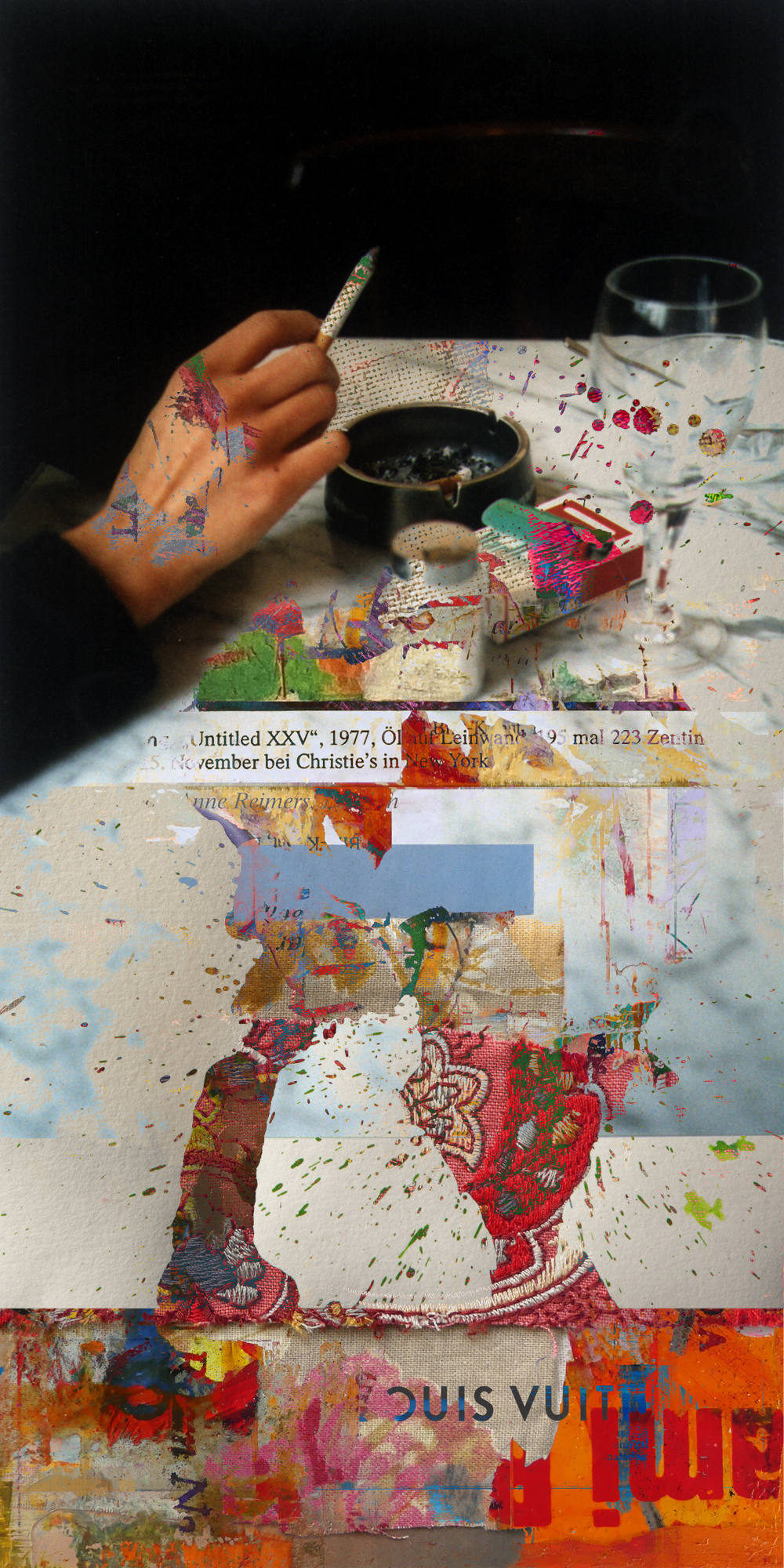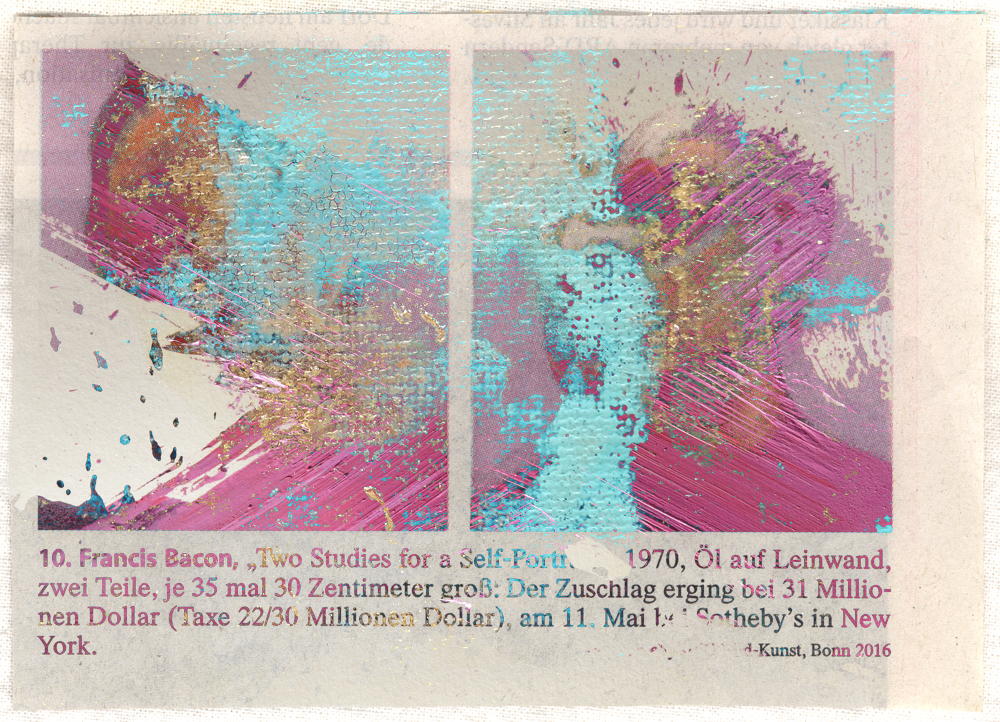Art Collecting Today – Painting – Peter Vahlefeld Currently artists are freely sharing quickly produced content faster than ever before through Instagram, Twitter, or other online social networks. Building a signature presence where the branding of the artist’s name is more important then an individual work or series. The more social relevance, the more expensive the art work. Aspiring to work with galleries to have work ‘flipped’, sold on the secondary market for speculative prices, all because of their insistent social presence and talent to find the aesthetic hot spot. Not the presence at local gallery openings, but international social presence online. It’s not who you know, but who follows you that will increase your chances in making it big.
Riding a wave of attention from followers and friends on social media, it is easy to get addicted to such quantified attention, and adjust your work accordingly. Quantified since you can see how many followers, likes subscribers, or friends one has on a social network. People like to like pretty people. Timur Si-Qin calls this evolutionary attractors. Blond hair, puppies and girls with large eyes.
Art adjusted to the specificities of the social medium in order to harvest more acknowledgment from the audience. The quantified social capital of attention through likes and retweets causes a measurable value differentiating artists, stimulating a competition based system where popularity wins over quality. Creating, in essence, pop art.
How do we truly engage with this quantified audience, and how do we treat this commodified attention as a medium while aspiring equality and autonomy in expression? Can we use this material to express political concerns about populist art, art flipping, and social inequality in general?
If we’re sentimental for Silicon Valley’s historic visions of equality through technology, deriving from the times of ‘the whole earth catalog’, ‘think different’ ethos and such, these new monetized quantified social discrepancies seem out of place in an idealist web context. A capitalistic urge to commodify social markers. By making money out of people’s social preferences, tips and tricks, opinions, gossip and art, informal bureaucracies that could have provided an alternative to resist the capitalist system are incorporated. Resisting capitalism is impossible now the sharing economy has been made to be the product for everyone. What you like is sold to your friends by mediation mixed with advertisements. Hitching a ride is Uber, hospitality is Airbnb, and when you are interested you are a follower.
So how does one resist this dominant superficial attention culture? How do you find the people that think outside of the mainstream? Can you always ignore the numerical hierarchy mentioned next to a persons name? What place is there for utopian visions of equality in a world where looks, shallow sexist content, public relations and amount of brand consistent content shapes culture? A place where artists are introduced with their follower count next to their biography? We can be equalized, and start over. A reset of social capital, socialism of the social is possible.
A niche of thirty ambitious art world Instagram accounts have been equalized with all the monetary funding available. More will follow when additional budgets allow. Other quantified social networks will follow. Artists, galleries, curators, critics, magazines and institutions using Instagram as a medium for their practice have been all been made equal. All have been assigned artificial followers to achieve the exact same number of followers on each account. No more difference in followers or social capital. No 97k followers compared to 217 followers. The aspiring artists have been made equal to the world famous ones, the young gallery to the rich institution, the critic to the wealthy power hungry collector. 100,000 followers for everyone, as a social economic reset, and what social value their profiles represented before is lost. We live in a representation of a world which we can influence in ways never imagined. Let’s do so performatively. Social bank accounts raised to the same level to stimulate a utopian image of a shared responsibility for equality within a conscious user group, as a mere reminder of painful racial, financial and other social inequalities so much harder to destroy.

